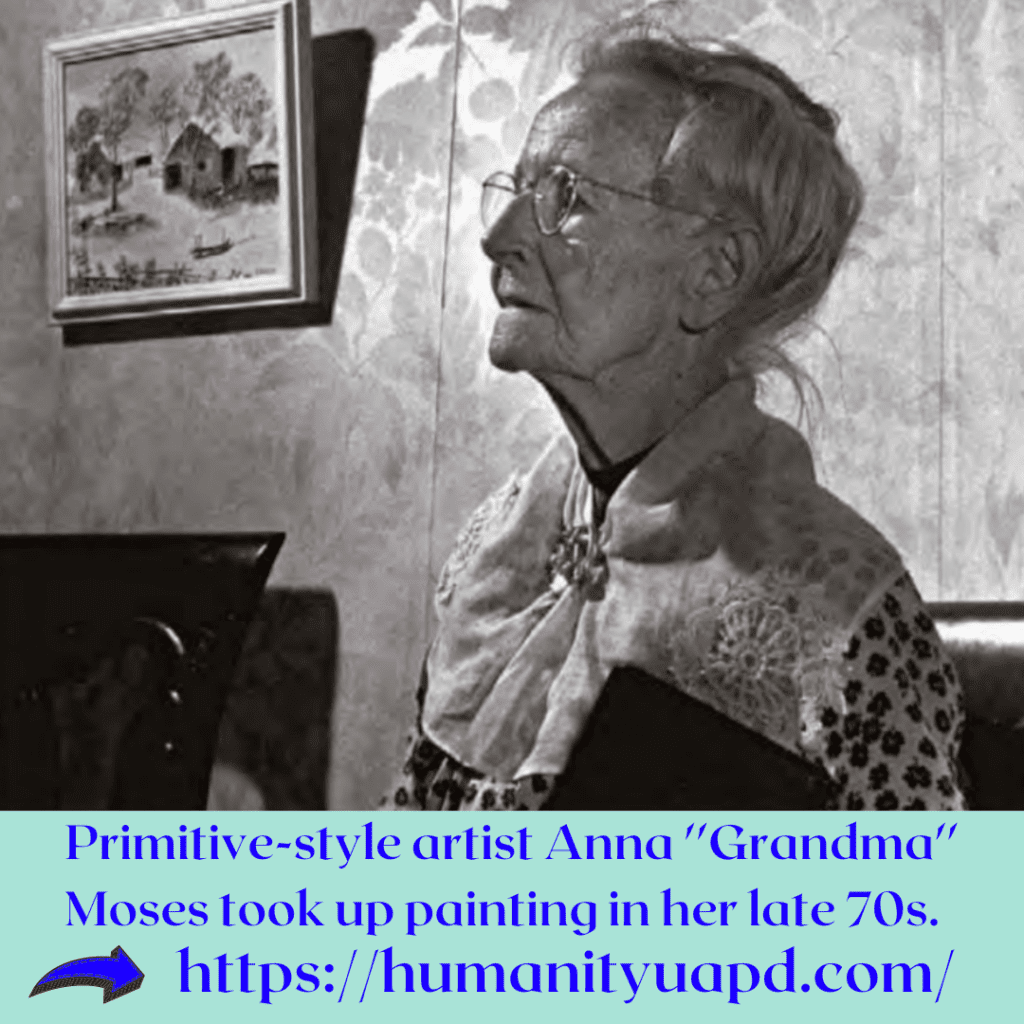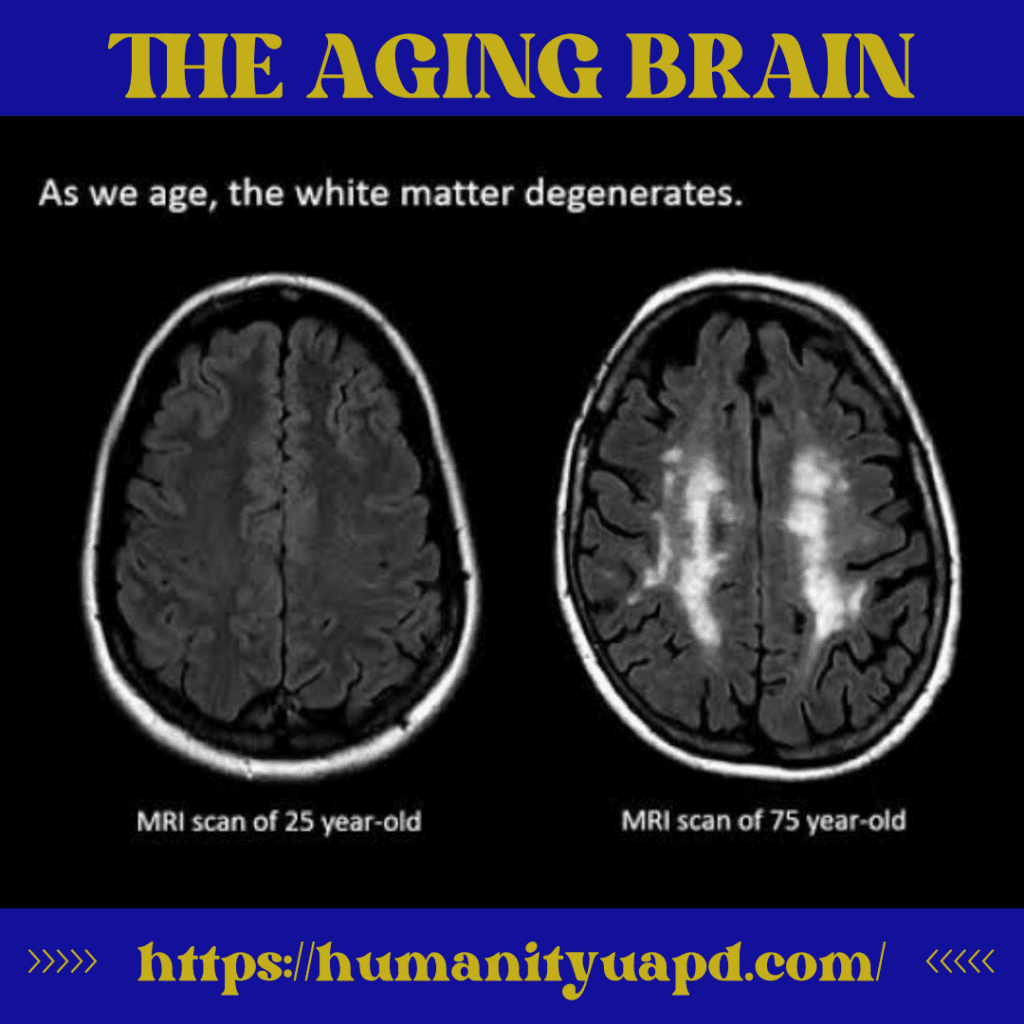A MATURE VISION
SHE WAS BORN on a New York farm before the Civil War, when high technology meant steam railroad engines and telegraph lines. By the time of her death, America had sent rockets into space. In between those events, Anna Mary Robertson “Grandma” Moses learned to adapt, not only with the changing times but also with her own talents. She took advantage of her mature brain’s plasticity and focus, becoming an artist whose skills flowered at an age when many are happy simply to retire and take it easy.

Grandma Moses (1860-1961) spent much of the first seven decades of her 101 years doing farmwork and creating embroidery. When she passed age 76 and arthritis made holding a needle too painful for delicate work, Grandma Moses took up painting. She had her first one woman show in 1940 and attracted a broad audience with her delightful, primitive country scenes. Even more impressive, she painted many of her historical images from memory. Among her more than 3,600 paintings are ones that hang in the White House and Smithsonian Institution. Typical scenes depict happy children and farmworkers, rural vistas, and the charm of the changing seasons in short, works that, like Grandma Moses, defy the passage of time.
THE AGING BRAIN
As the adult brain ages, it continues to experience pruning while still being open to new opportunities for making new connections among neurons. Unless compromised by disease, the adult brain remains plastic and grows more efficient. Adults remain capable of learning new tasks grandmothers replacing their handwritten letters with email, for example and finding fulfillment through creative and intellectual pursuits.
The aging of the brain begins in the early 20s and continues steadily onward. Variations in human brains lead some people to a healthy intellectual life into their ninth and tenth decades, while others suffer from degenerative disorders such as Alzheimer’s disease at a much earlier age. No doubt the individual’s biological predisposition toward healthy or unhealthy aging plays a role, but the brain’s lingering plasticity affords the opportunity to make the most of one’s gray matter no matter how old or young. Keeping the brain active and challenged is the single most important factor in maintaining a brain at its peak possible performance level.
[user-submitted-posts]


